Easement Policy
- Drainage Easements are obtained for specific uses such as storm water conveyance, storm water detention, ponding, floodplain or as access routes for operating, maintaining or repairing County Drains.
- Drainage Easements are not to be considered public areas and are not open to the public.
- Property owners retain ownership, but are restricted from building permanent structures that may interfere with or reduce drainage and/or temporary storage capacity or may impede drain maintenance of surface or subsurface systems within the easement area. This includes, but is not limited to; swimming pools, sheds, garages, patios, decks, fences or other permanent structures or landscaping features: License Agreement Application. To request permission to encroach into an easement you may apply for an Encroachment Agreement.
- Easement width varies from drain to drain depending on the drain's size and type. Some easements are of an unspecified width.
- Easements obtained prior to 1956 were not required by law to be recorded with the County Register of Deed's Office and are considered properly recorded if they are on file in the Water Resources Commissioner's Office. Easements obtained after 1956 are required to be recorded at the County Register of Deed's Office and are also on file at the Water Resources Commissioner's Office. It is important to check with both offices to determine if a drainage easement exists on your property.
- No changes to the grade within a drainage easement will be allowed. Easements are for the passage of surface drainage and it is a property owner's responsibility to maintain the surface drainage system across their property. Altering the grade can not only effect their property but also their neighbors.
- No dumping of grass clippings, leaves, brush or other refuse is allowed within a drain easement. These items obstruct drainage, restrict flow and plug culverts. This can lead to higher maintenance costs and can cause flooding situations.
